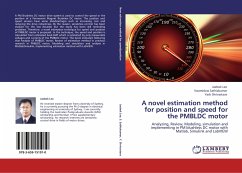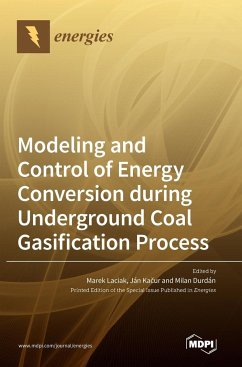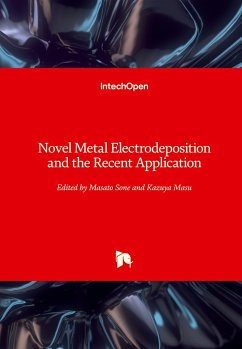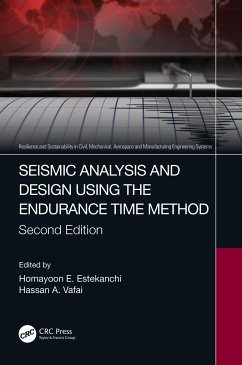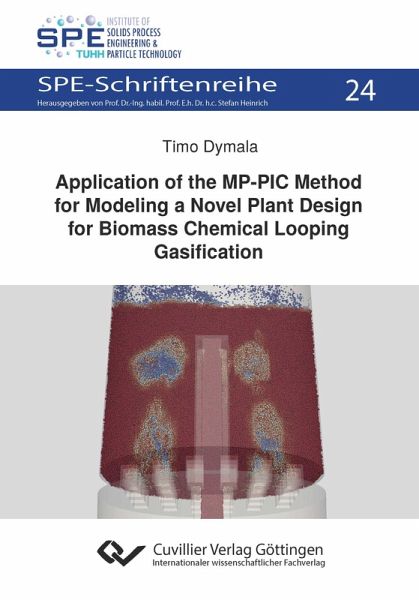
Application of the MP-PIC Method for Modelling a Novel Plant Design for Biomass Chemical Looping Gasification
Versandkostenfrei!
Versandfertig in 1-2 Wochen
82,20 €
inkl. MwSt.

PAYBACK Punkte
0 °P sammeln!
To mitigate climate change and to reduce the emissions of greenhouse gases the interest in the utilization of renewable energies has increased drastically in the recent years. Due to the broad availability and its negative carbon emissions biomass is an attractive renewable energy resource. By applying the biomass chemical looping gasification technology the biomass can be used for the generation of electricity or the production of syngas as feedstock for synthetic fuels such as hydrogen and methanol. To promote the progress of this technology, a novel two-stage design for the gasification rea...
To mitigate climate change and to reduce the emissions of greenhouse gases the interest in the utilization of renewable energies has increased drastically in the recent years. Due to the broad availability and its negative carbon emissions biomass is an attractive renewable energy resource. By applying the biomass chemical looping gasification technology the biomass can be used for the generation of electricity or the production of syngas as feedstock for synthetic fuels such as hydrogen and methanol. To promote the progress of this technology, a novel two-stage design for the gasification reactor is proposed in this work aiming to reduce the undesired tar content in the produced syngas, while maintaining a high syngas yield. To investigate the performance of this design, a reaction model was developed using the so-called multiphase particle-in-cell (MP-PIC) method. Furthermore, optimization recommendations for biomass chemical looping processes in general were derived to adjust the syngas composition and to increase the syngas yield.



